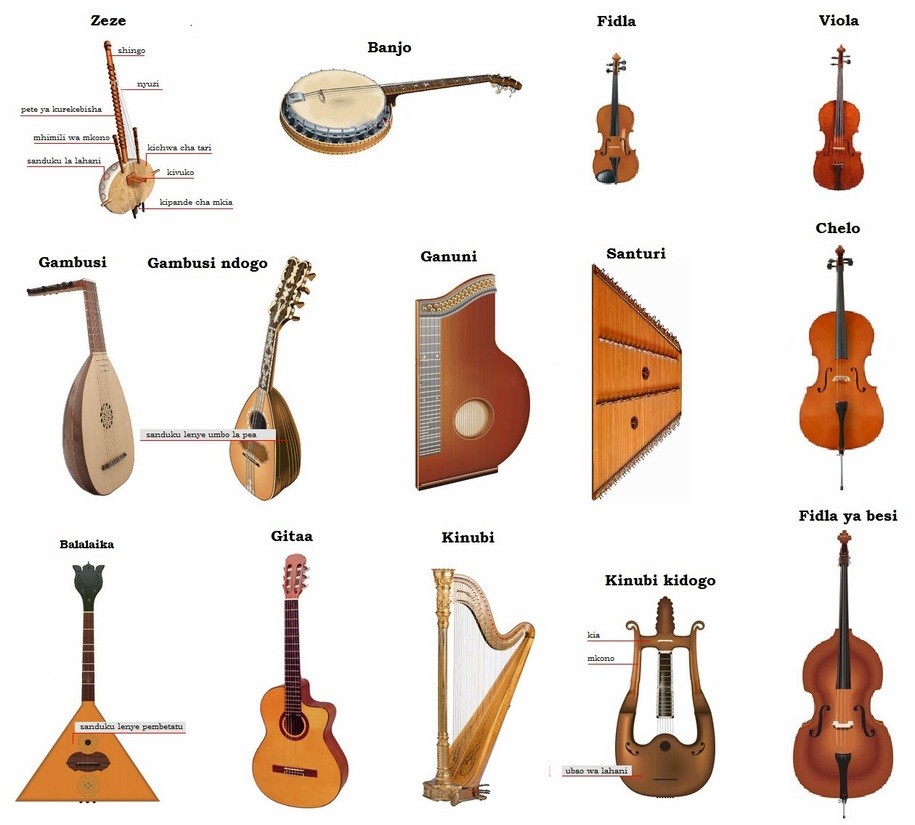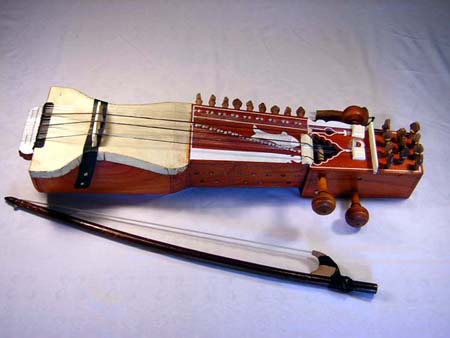
These variants all use metal strings, similar to the cittern. Chord zithers similar to the instrument in the photograph also became popular in North America during the late 19th and early 20th centuries. Emigration from these areas during the 19th century introduced the concert and Alpine zither to North and South America. Concert and Alpine zithers are traditionally found in Slovenia, Austria, Hungary, France, north-western Croatia, the southern regions of Germany, Alpine Europe, Poland, the Czech Republic, Slovakia, Russia, Ukraine and Belarus. In modern common usage the term "zither" refers to three specific instruments: the concert zither (German: Konzertzither), its variant the Alpine zither (both using a fretted fingerboard), and the chord zither (more recently described as a fretless zither or "guitar zither"). The number of strings varies, from one to more than fifty. Like an acoustic guitar or lute, a zither's body serves as a resonating chamber ( sound box), but, unlike guitars and lutes, a zither lacks a distinctly separate neck assembly.

Zithers are played by strumming or plucking the strings, either with the fingers or a plectrum, sounding the strings with a bow, or, with varieties of the instrument like the santur or cimbalom, by beating the strings with specially shaped hammers. This article describes the latter variety.

Historically, the name has been applied to any instrument of the psaltery family, or to an instrument consisting of many strings stretched across a thin, flat body.

Zither ( / ˈ z ɪ ð ər, ˈ z ɪ θ-/ German:, from the Greek word cithara) is a class of stringed instruments. Problems playing this file? See media help.


 0 kommentar(er)
0 kommentar(er)
